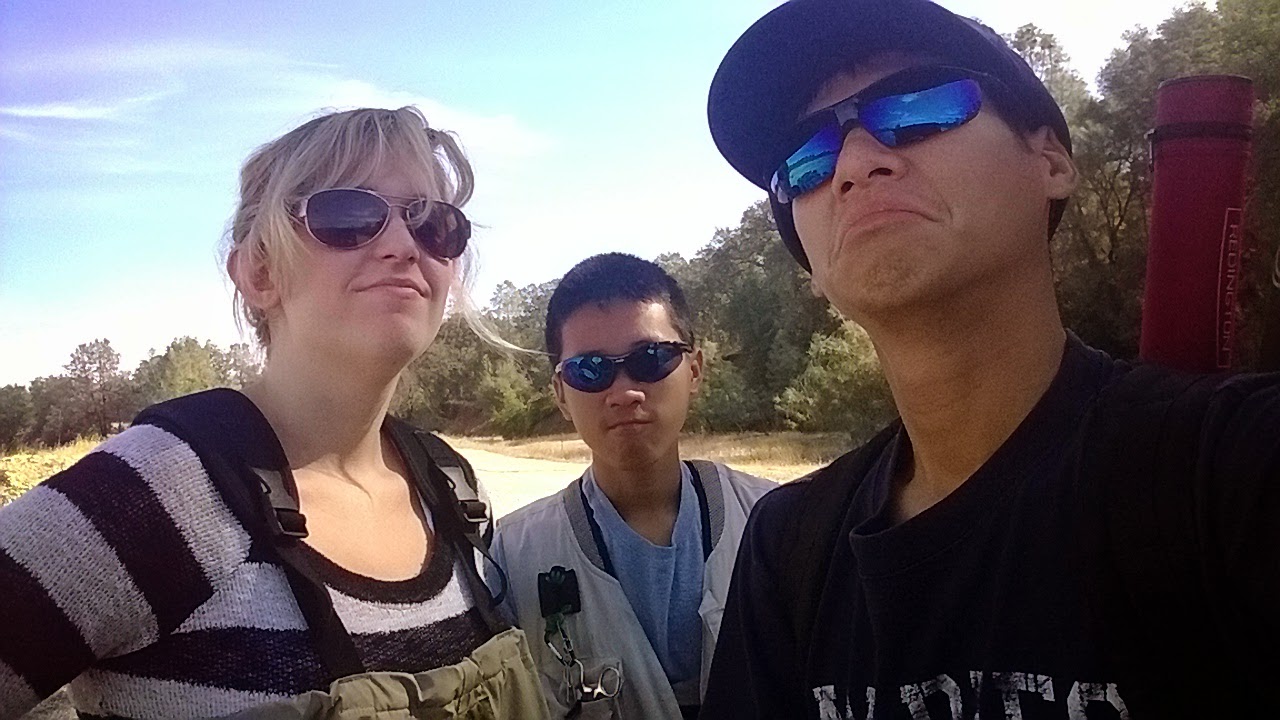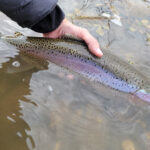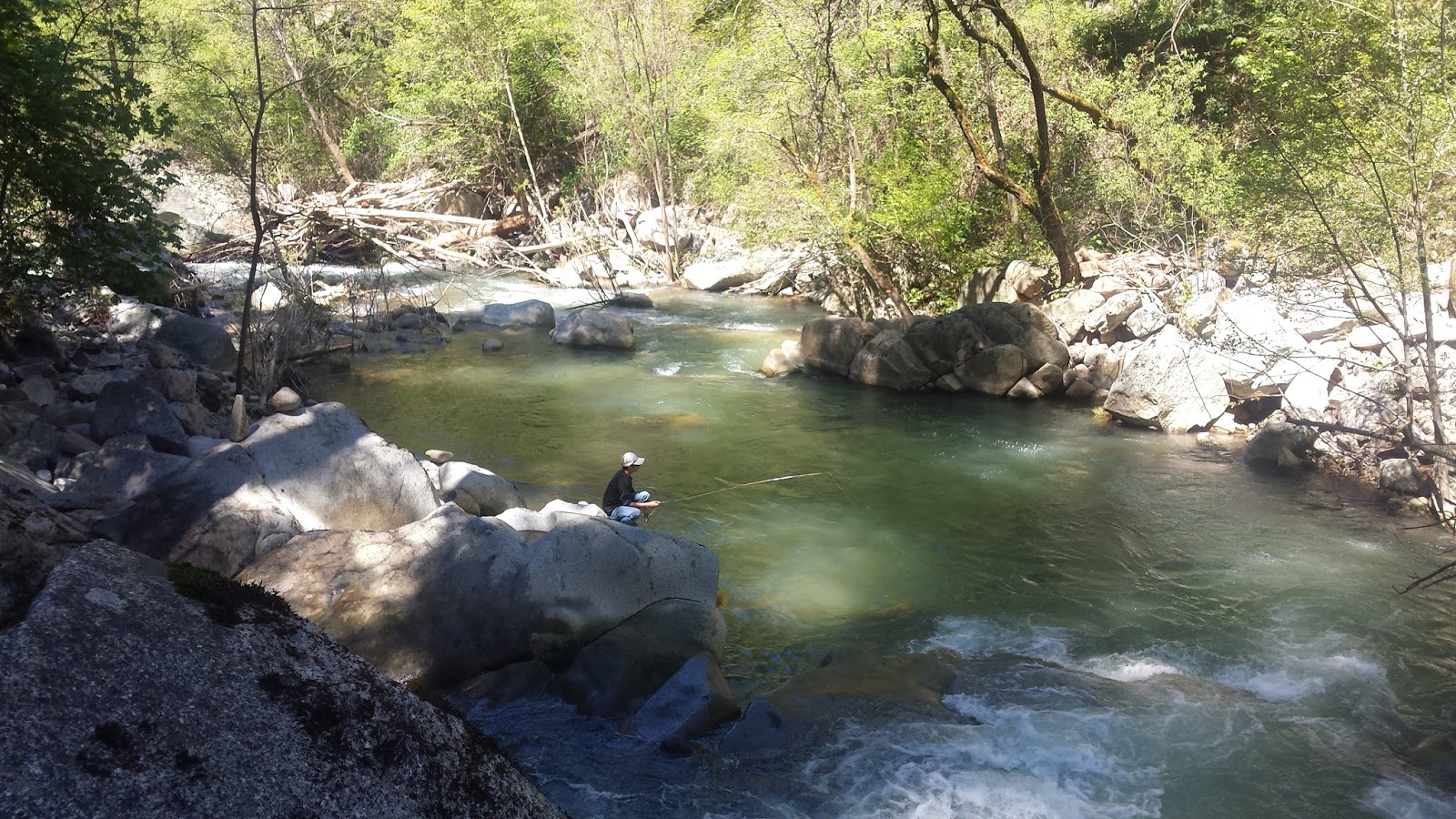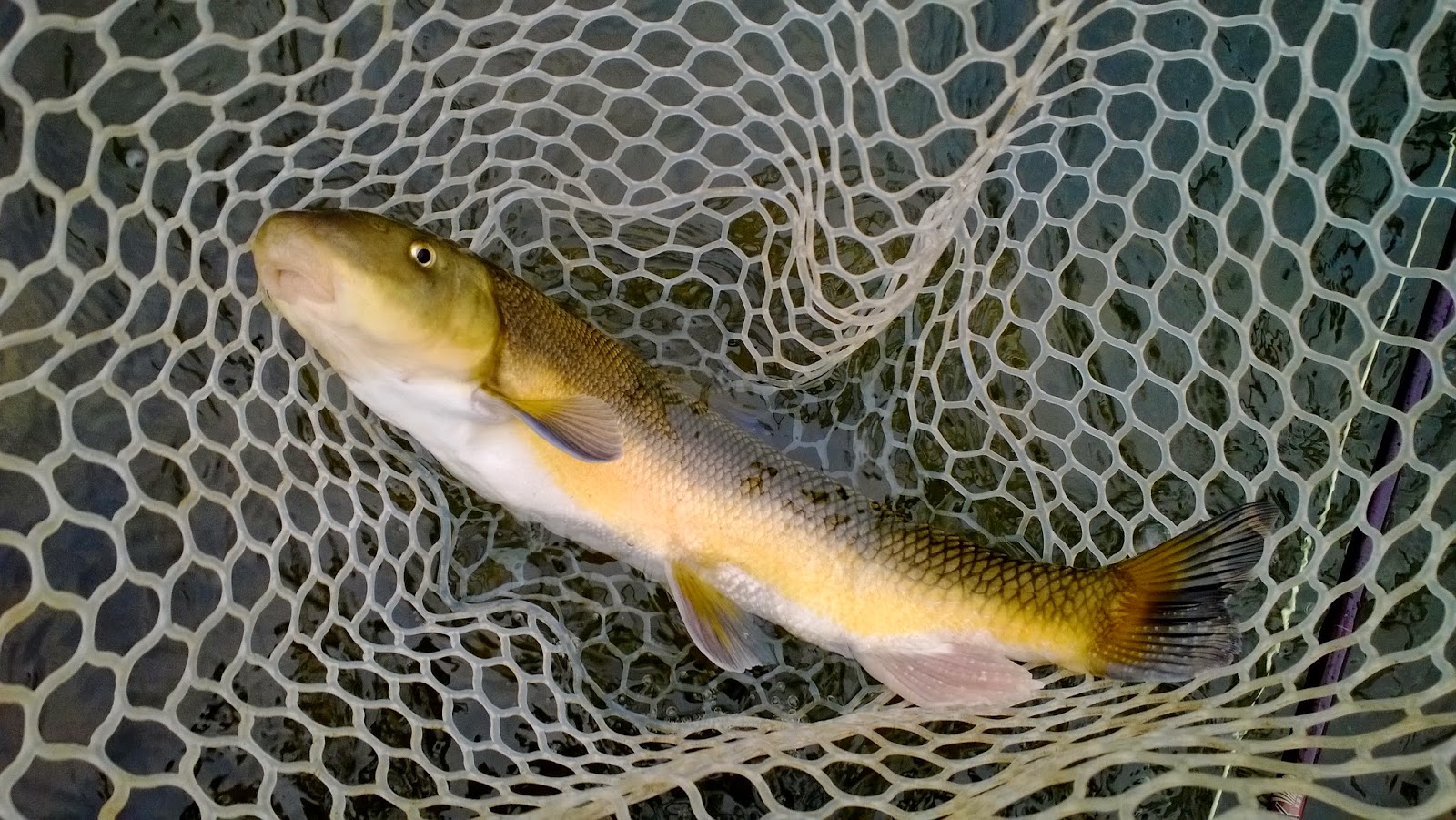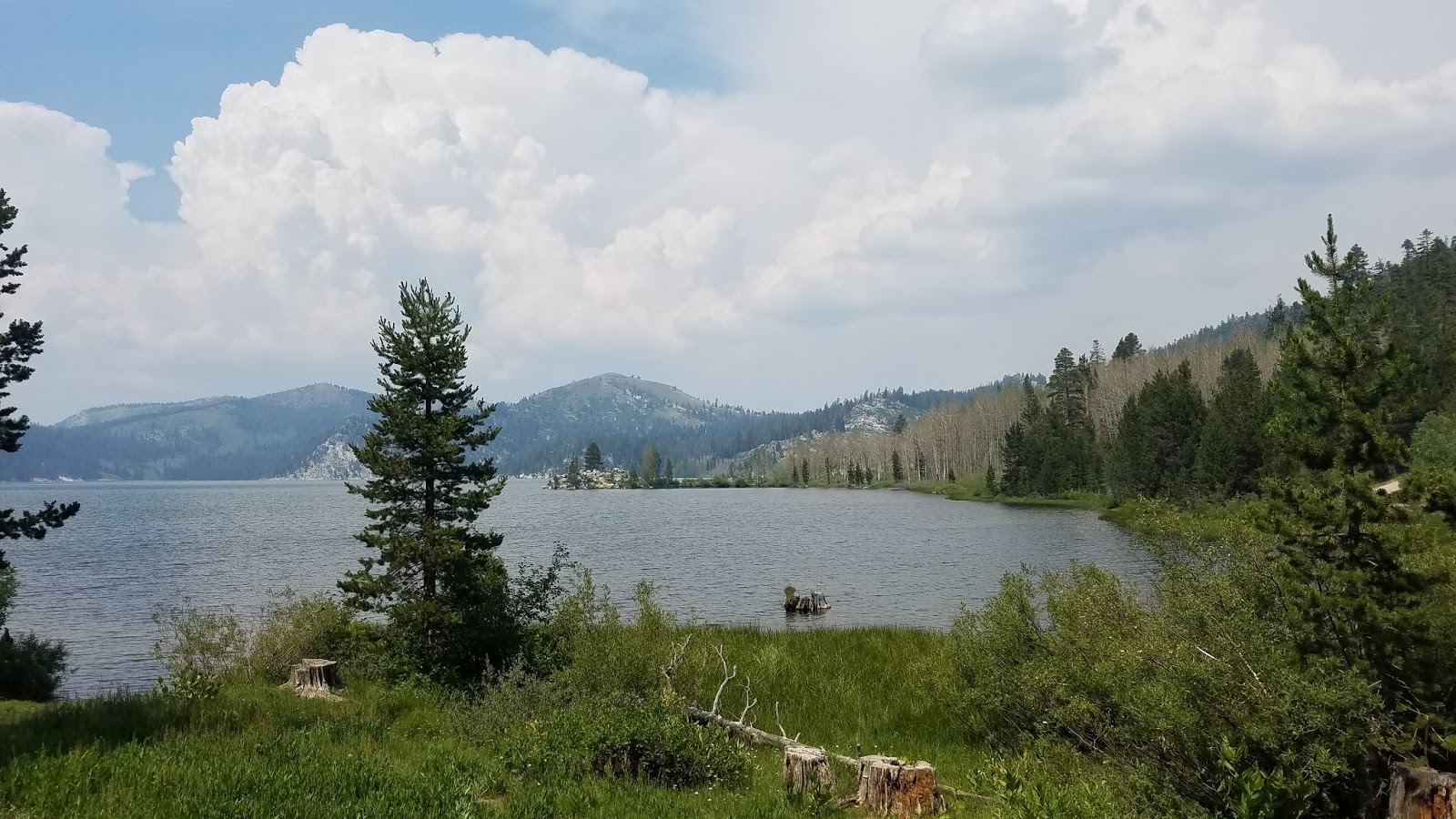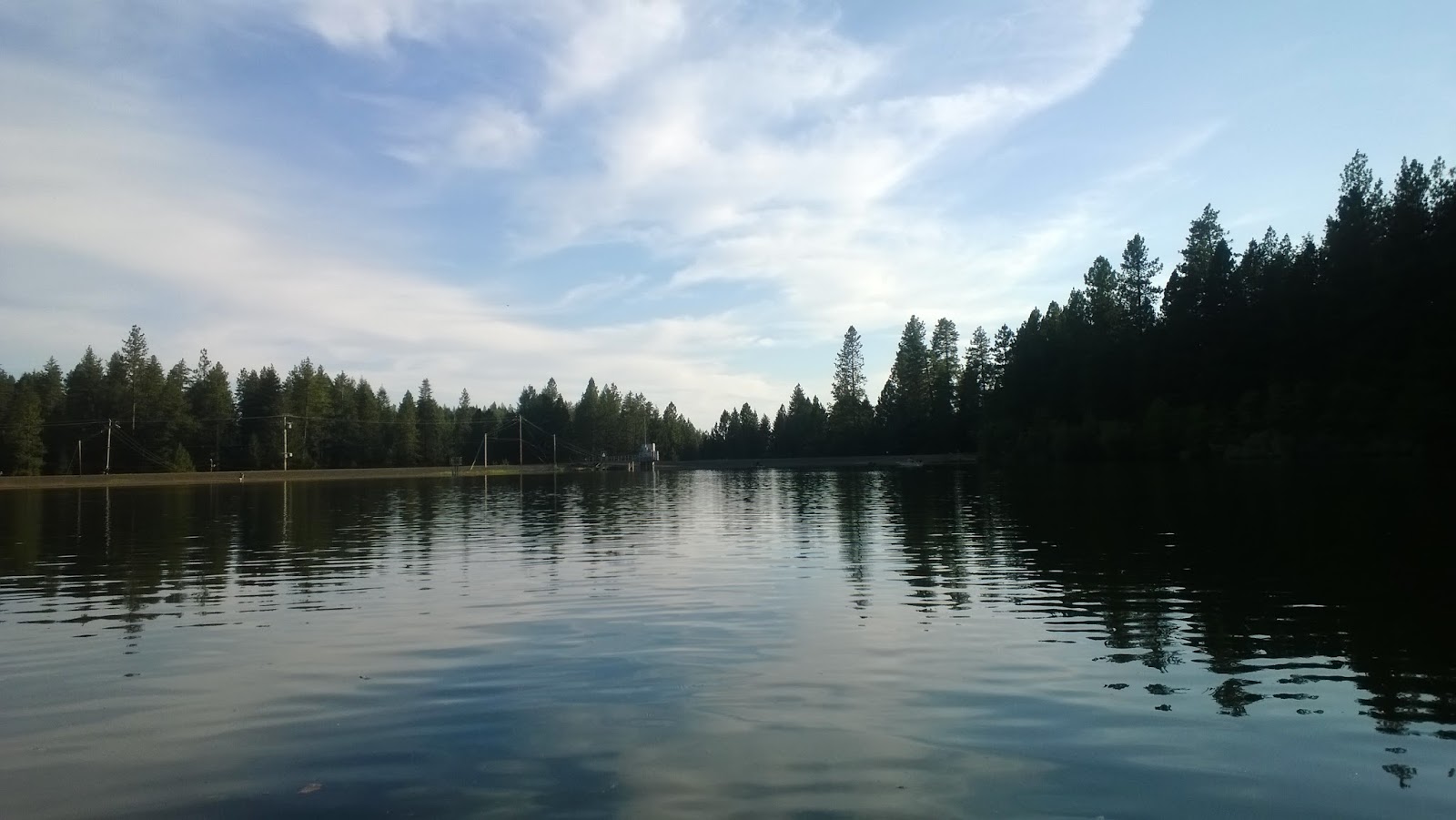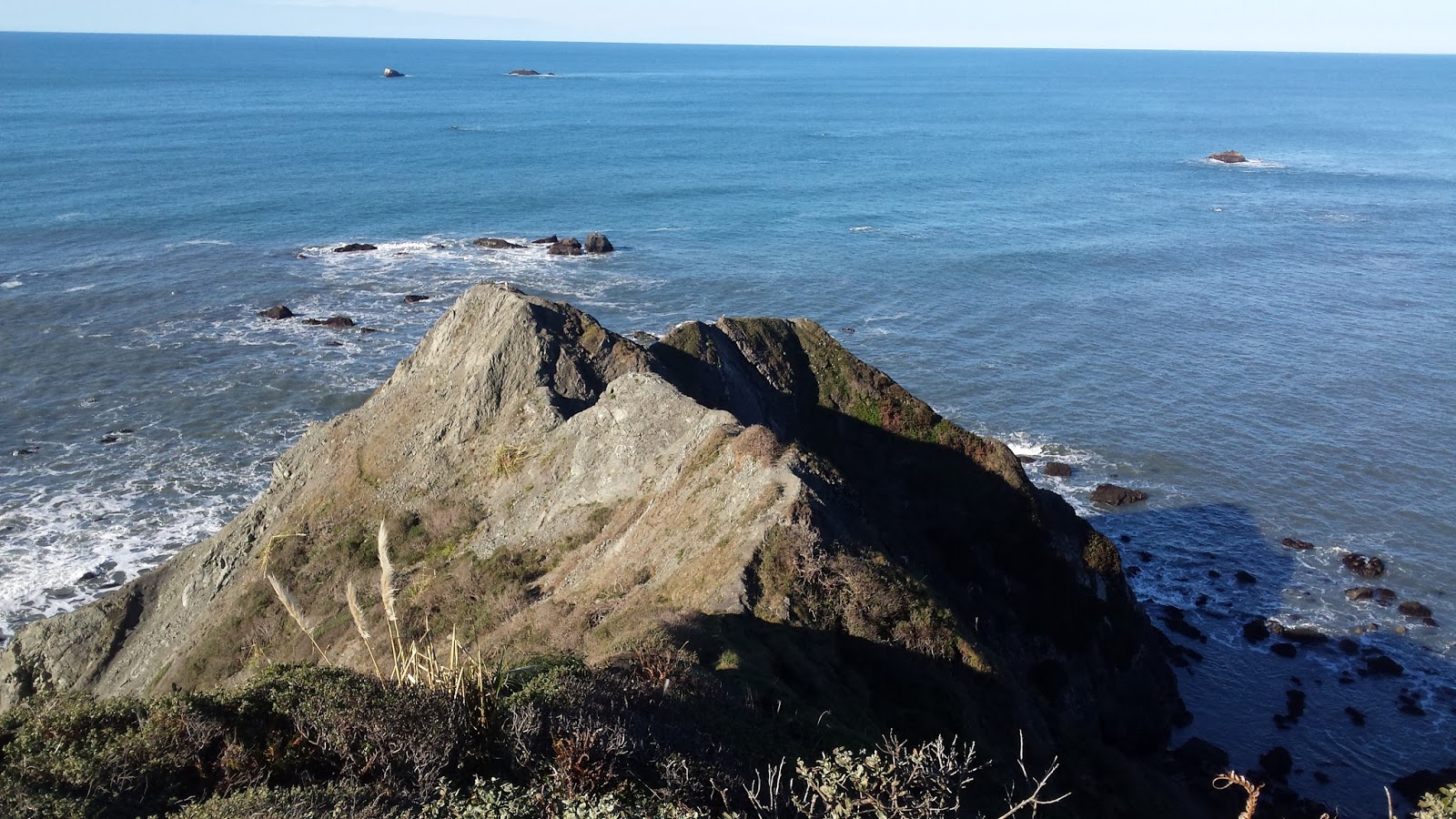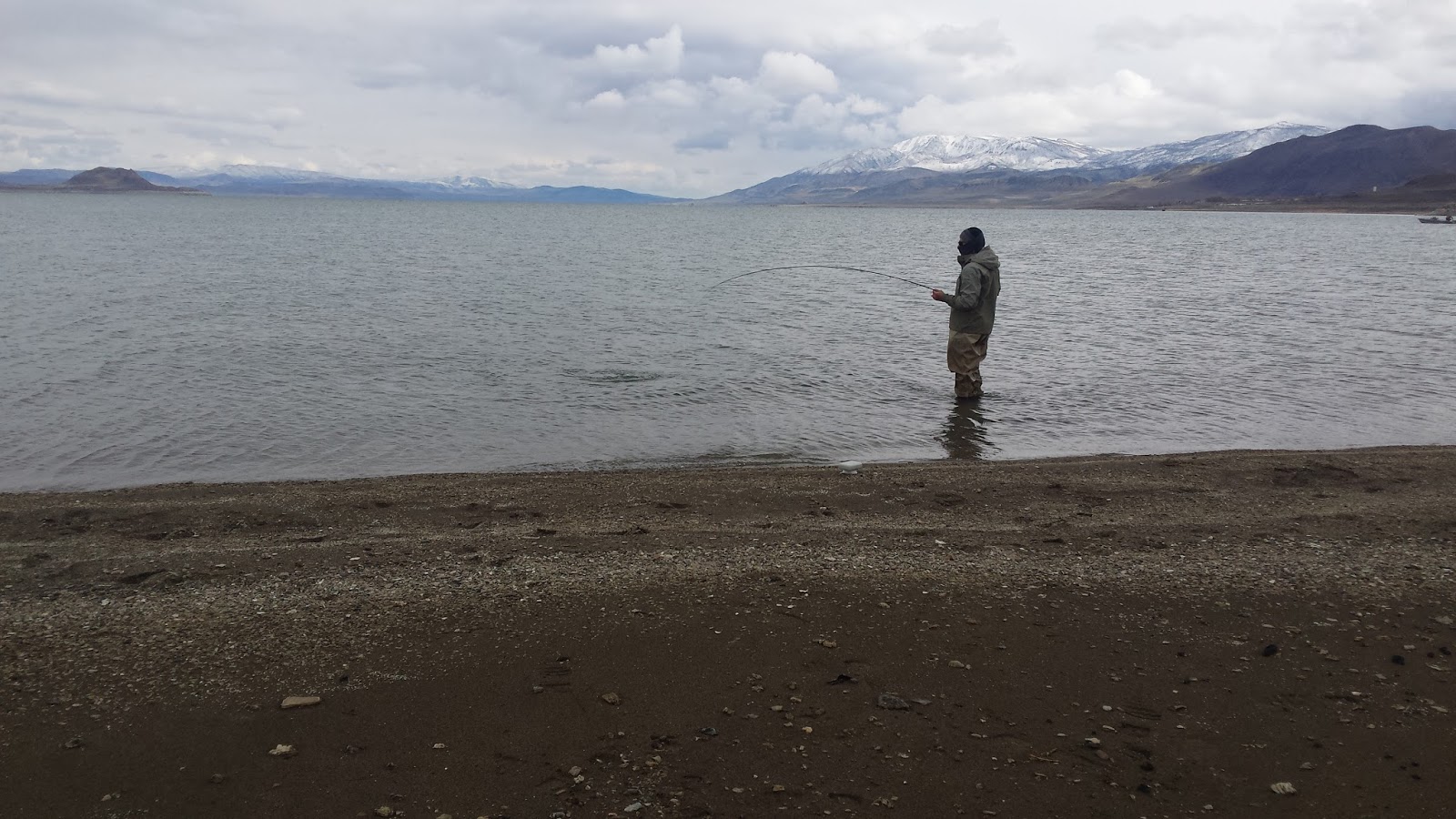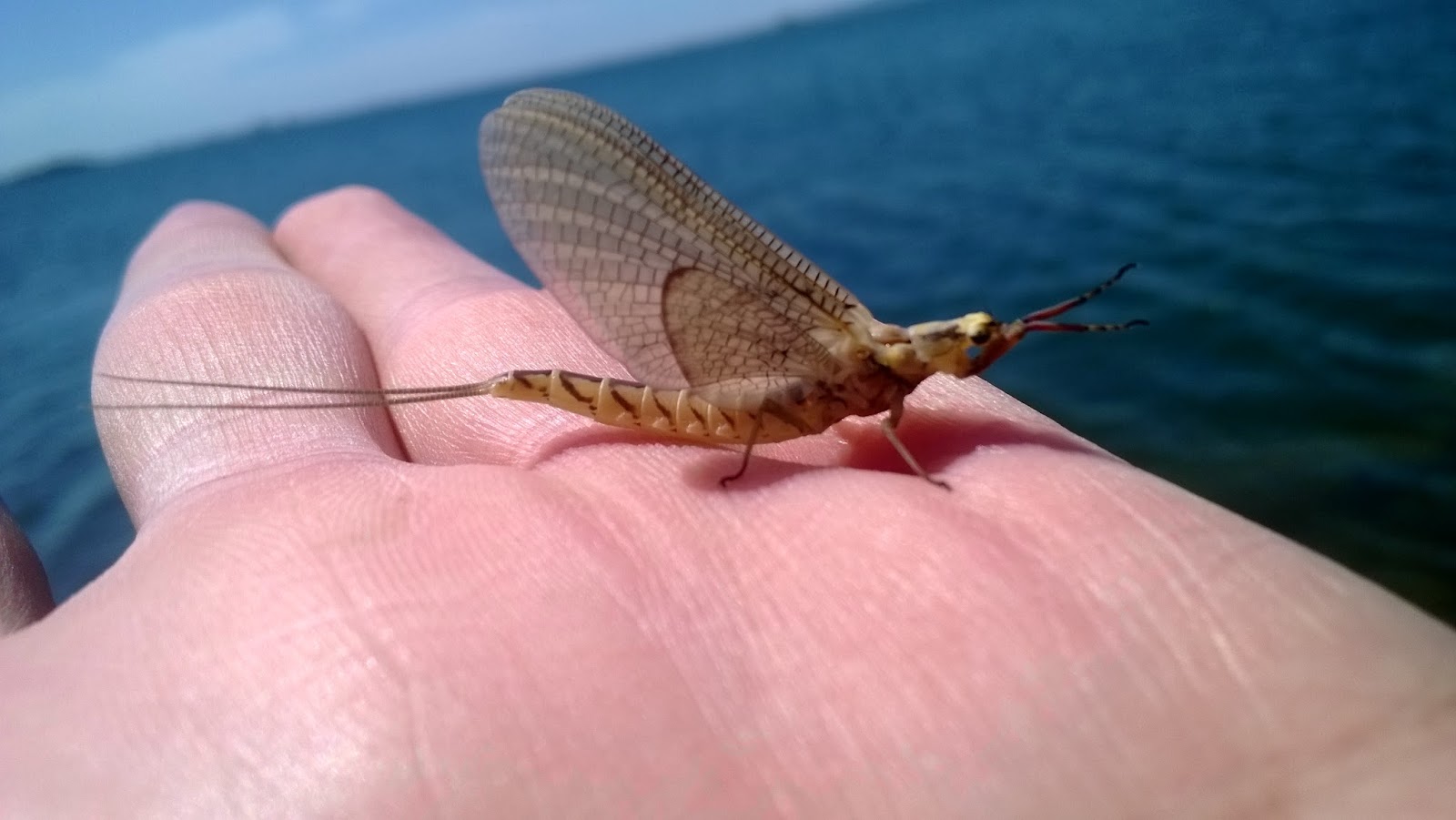 |
| Hexagenia Limbata |
The Hex are the world’s second largest mayfly and they have the reputation of bringing big fish from the bottom to feed on top. Hexagenia are native to North America but have established populations all over the world. These mayflies are burrowers that require a specific muddy substrate in order to thrive and reproduce. For this specific reason, the Hex are only found in abundance in certain bodies of water. In California, the most popular and famous Hex hatches happen on the Fall River, Lake Almanor, Butt Valley Reservoir, and the lesser known Thermalito Afterbay. Hex have also been recently sighted on Lake Davis.
Thermalito Afterbay
Granted that it is only my second year fishing the Hex hatch, I still have a lot to learn. The first time I floated out to try my luck this year a lightning storm rolled in just before the sun went down. The waves started to whitecap from the wind and once I heard the lightning I was out of there.
 |
| Whitecaps Are No Fun |
The second time I went out was on a nice calm evening, perfect for floating and fishing. The only downside of the night was that the weather that day had reached a scorching 100 degrees. This made the hatch start later at around 9:00pm and end at around 9:30. Not very much time to fish it successfully especially since I had planned on throwing dries. Usually the night starts sporadically with fish keying on emergers coming up, but because of the heat all the bugs hatched at the same time. This made it difficult to target rising fish because there were so many bugs in such a short amount of time. I might have thrown 15 casts out before the hex turned into mosquitoes. One minute I was covered in hex the next I was covered in mosquitoes. The water temperature was too warm for trout to be cruising around the shoreline looking for food. My guess is that the fish that were eating the hex were pike minnow, bass, and carp.
So you can’t get any landlock steelies to eat a hex because the water is too warm… What do you do? You fish for the warm-water species! On the second night before I launched, I saw a bunch of warm-water species, bluegill and bass, just sitting around the rocky bank waiting for a hex to fall into the water, like dogs waiting for food scraps to fall off the table. Now I see why the bank was devoid of hex spinners. This was a good opportunity to catch something before the hatch.
While I was fishing my hex dry around the bank, I heard and saw a big splash. Hopping from rock to rock, I got into position and threw my dry near the area. I stripped and twitched my dry towards me a bit to imitate drowning hex… Splush! The fish sucks it in and fish on! A nice 2# bass!
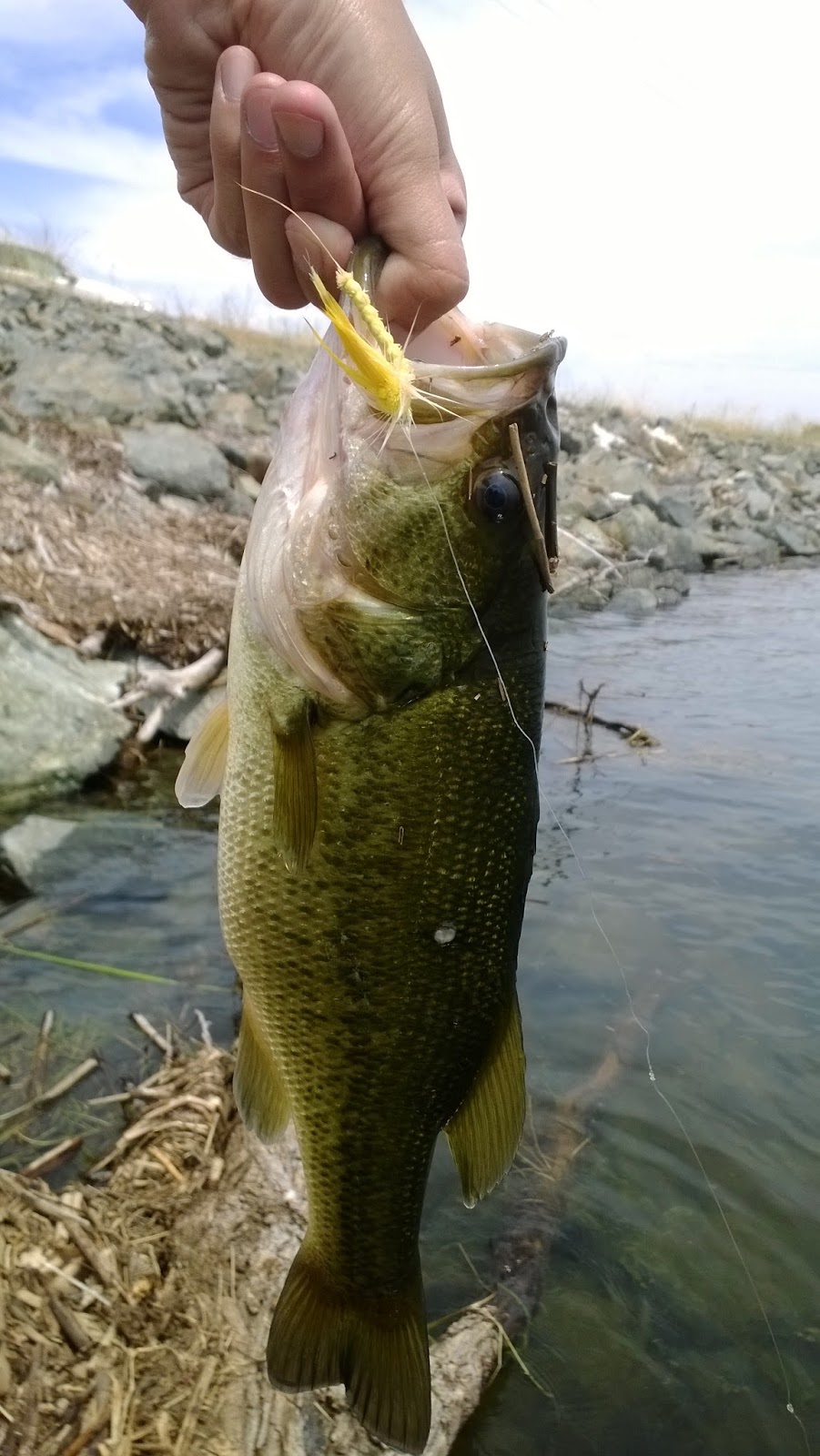 |
| Hex Eating Bass |
The following day I took the afternoon to fish for the bass again. One good thing about fishing hex dries is that they only catch the big fish, the dinks couldn’t even get the hook in their mouths. I fished the hex dries like frog flies stripping in my line aggressively to make the fly chug water. This turned the bass into predator mode and they hit the fly hard.
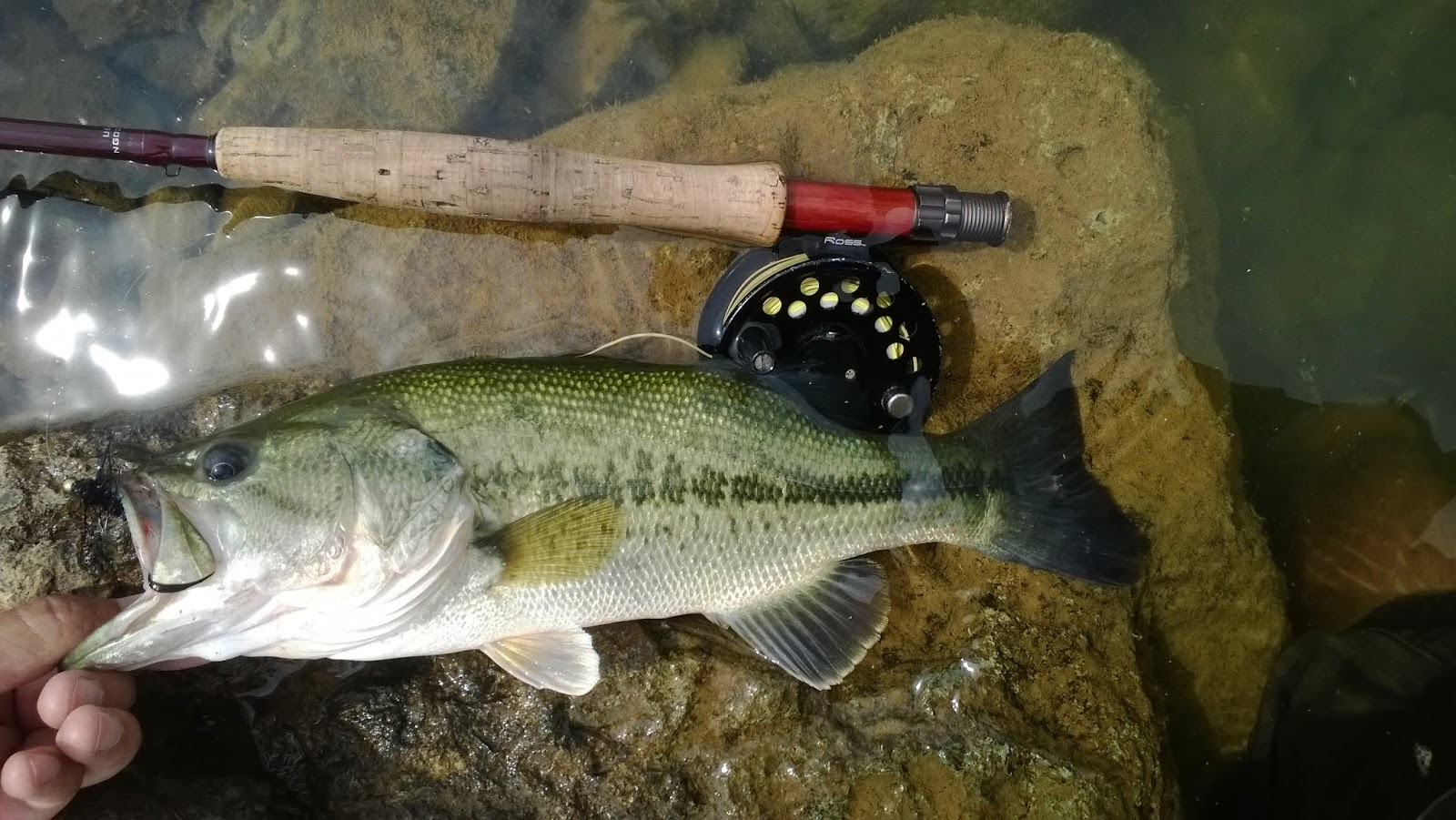 |
| And On A Bugger |
In about 4 hours, I caught two and lost a big one in the rocks. A ton of fun! The Hex are coming off right on time on Butt Valley Reservoir and Lake Almanor. Hopefully all these summer storms roll out and the hatch is amazing. I’m looking forward to fishing more hex!









